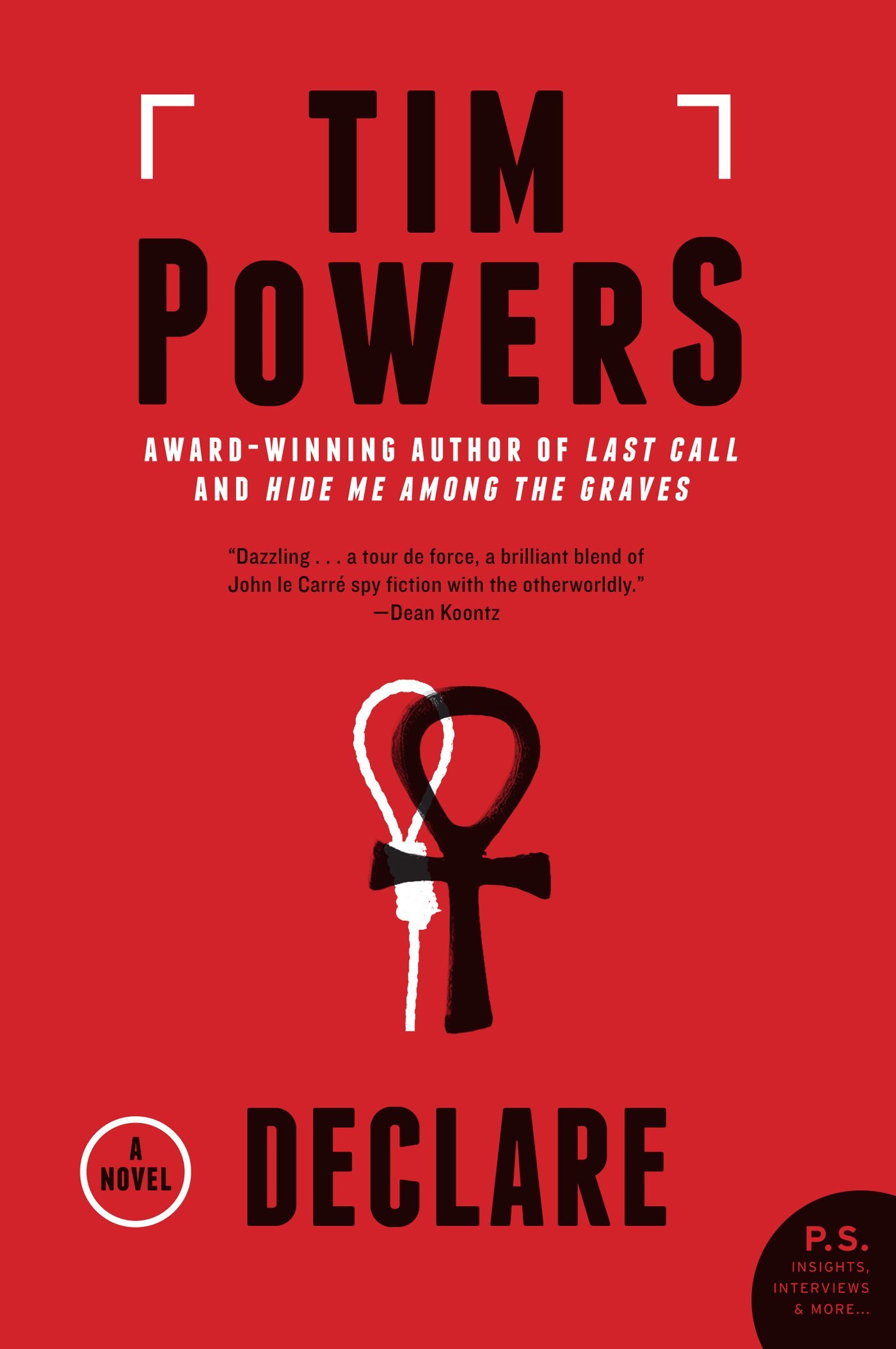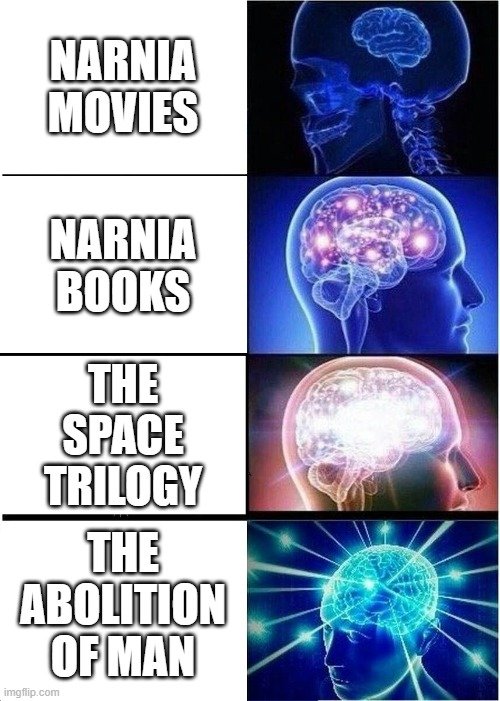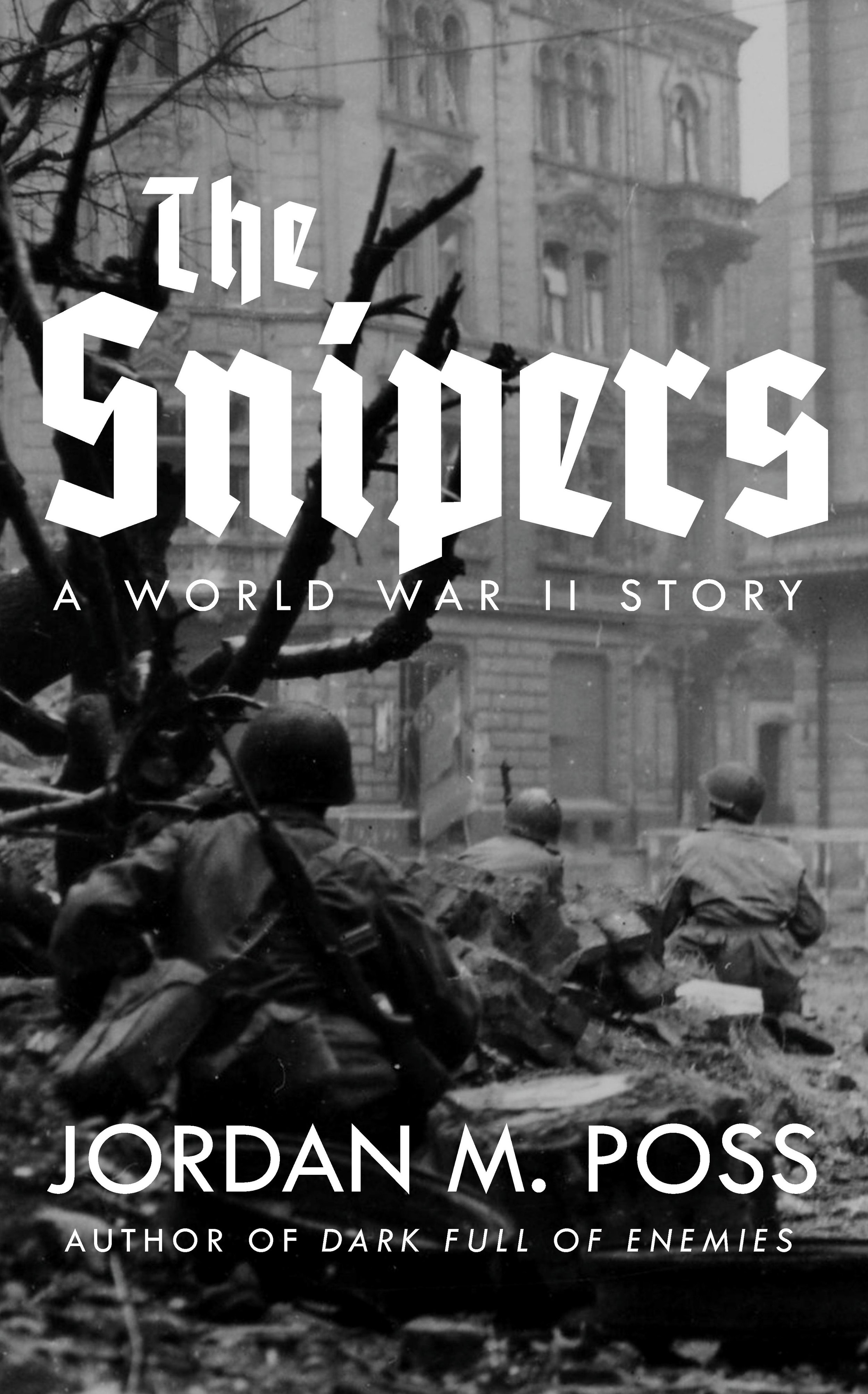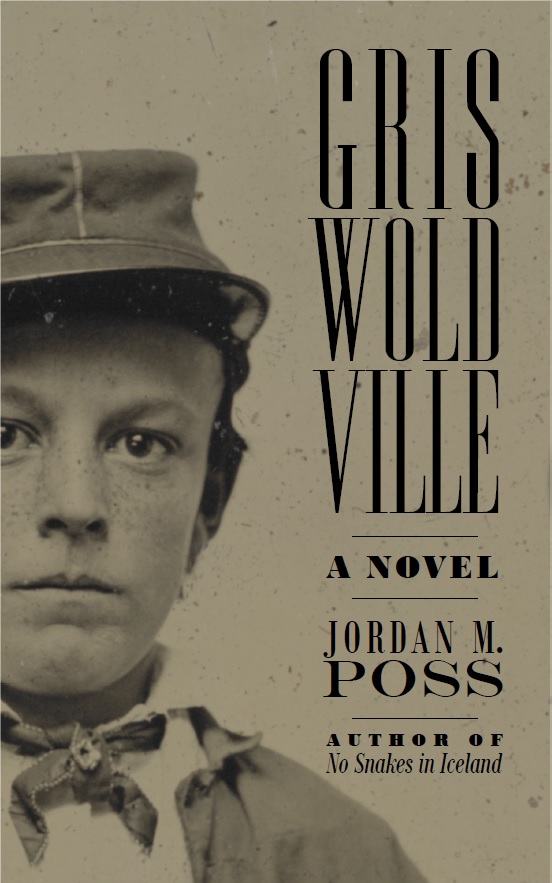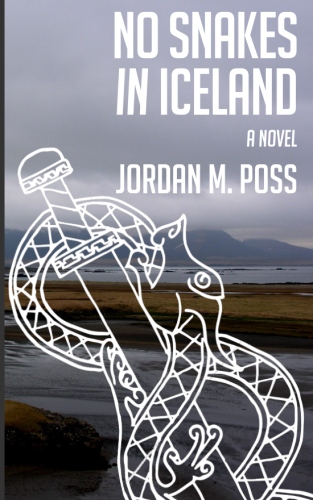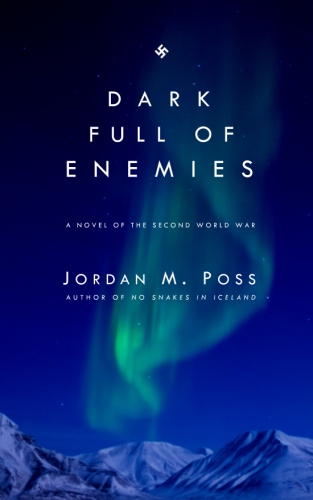Agatha Christie on historical perspective
/Coincident to my recent posts about the “right side” of history and how our understanding of what happened in the past changes and, ideally, grows more thorough and accurate as time passes, here’s Agatha Christie in the short story “The Coming of Mr Quin,” which I’m reading in the collection Midwinter Murder: Fireside Tales from the Queen of Mystery.
Briefly, a New Year’s Eve party at a comfortable home is interrupted just after midnight by the arrival of a Mr Harley Quin, whose car has broken down. Quin says that he knew the house’s former owner, one Derek Capel, who unexpectedly killed himself a decade prior. Notice how Quin invites the partygoers to revisit what they know about the incident:
‘A very inexplicable business,’ said Mr Quin, slowly and deliberately, and he paused with the air of an actor who has just spoken an important cue.
‘You may well say inexplicable,’ burst in Conway. ‘The thing's a black mystery—always will be.’
‘I wonder,’ said Mr Quin, non-committally. ‘Yes, Sir Richard, you were saying?’
‘Astounding—that's what it was. Here's a man in the prime of life, gay, light-hearted, without a care in the world. Five or six old pals staying with him. Top of his spirits at dinner, full of plans for the future. And from the dinner table he goes straight upstairs to his room, takes a revolver from a drawer and shoots himself. Why? Nobody ever knew. Nobody ever will know.’
‘Isn’t that rather a sweeping statement, Sir Richard?’ asked Mr Quin, smiling.
Conway stared at him.
‘What d’you mean? I don't understand.’
‘A problem is not necessarily unsolvable because it has remained unsolved.’
‘Oh! Come, man, if nothing came out at the time, it's not likely to come out now—ten years afterwards?’
Mr Quin shook his head gently.
“The contemporary historian never writes such a true history as the historian of a later generation. It is a question of getting the true perspective, of seeing things in proportion.”
‘I disagree with you. The evidence of history is against you. The contemporary historian never writes such a true history as the historian of a later generation. It is a question of getting the true perspective, of seeing things in proportion. If you like to call it so, it is, like everything else, a question of relativity.’
Alex Portal leant forward, his face twitching painfully.
‘You are right, Mr Quin,’ he cried, ‘you are right. Time does not dispose of a question—it only presents it anew in a different guise.’
Evesham was smiling tolerantly.
‘Then you mean to say, Mr Quin, that if we were to hold, let us say, a Court of Inquiry tonight, into the circumstances of Derek Capel’s death, we are as likely to arrive at the truth as we should have been at the time?’
‘More likely, Mr Evesham. The personal equation has largely dropped out, and you will remember facts as facts without seeking to put your own interpretation upon them.’
Evesham frowned doubtfully.
‘One must have a starting point, of course,’ said Mr Quin in his quiet level voice. ‘A starting point is usually a theory. One of you must have a theory, I am sure. How about you, Sir Richard?’
Simple and tailored to the mystery genre, but not a bad explanation of how the greater perspective afforded by historical distance can lead to a more accurate understanding of important events. There are, certainly, parts of my own life I understand much better now than when I was an eyewitness living through them.
I’ve been trying to read more of Agatha Christie the last year or so after having made it to my late thirties with Murder on the Orient Express as my sole experience of her storytelling. My wife, on the other hand, has read a lot of Christie, and has done so over many years. But even she was unfamiliar with Christie’s Mr Quin, who is the subject of several short stories collected as The Mysterious Mr Quin. I’m enjoying him in this story so far—especially with this kind of sharp historical aside—and plan to check that out.











